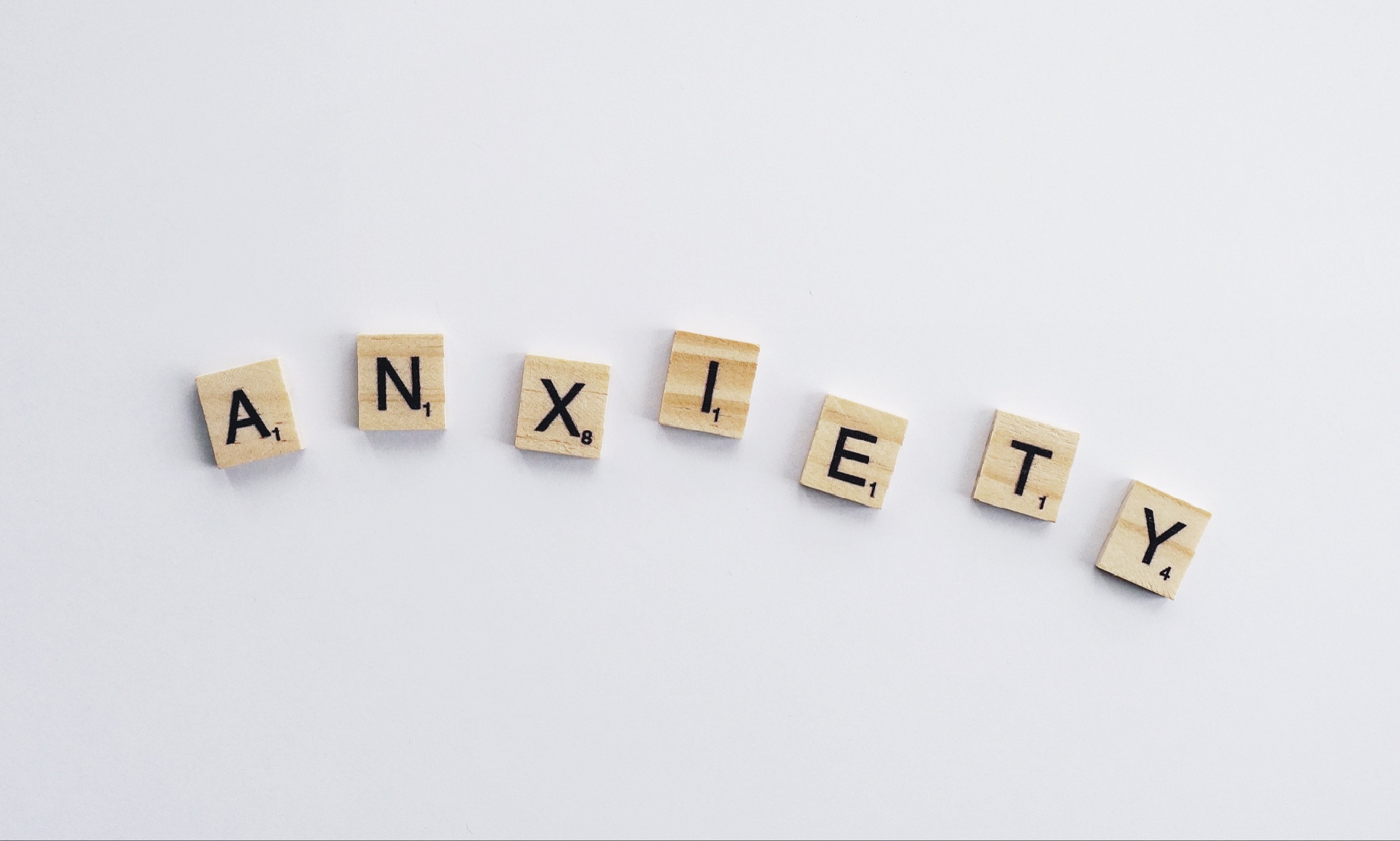Anxiety treatments and statistical outcomes

Most popular treatments for generalized anxiety disorder
Discover effective anxiety treatments and strategies at Stride Forward Counseling. Explore articles on dealing with perfectionism as a new mom and the impact of social media on mental health.
In a previous blog, I talked about some statistics around anxiety and in this blog, I want to elaborate on what are some of the best treatments for anxiety. Generalized anxiety disorder (GAD) is a common mental health condition that is characterized by excessive and persistent worry. People with GAD may worry about a variety of things, such as their health, finances, relationships, or work. Their worry may be so intense that it interferes with their daily life.
There are a number of different treatments available for GAD, including psychotherapy, medication, and lifestyle changes. The best treatment for GAD will vary depending on the individual’s needs and preferences.
Psychotherapy
Psychotherapy, also known as talk therapy, is a type of treatment that helps people to understand and manage their thoughts and feelings. Psychotherapy can be effective for treating a variety of mental health conditions, including GAD.
The most common type of psychotherapy for GAD is cognitive-behavioral therapy (CBT). CBT helps people to identify and change the negative thoughts and behaviors that contribute to their anxiety. CBT has been shown to be very effective for treating GAD, with studies showing that it can reduce anxiety symptoms by up to 50%.
Medication
Medication is another effective treatment for GAD. There are two main types of medication that are used to treat GAD: antidepressants and anti-anxiety medications.
Antidepressants work by increasing the levels of serotonin and norepinephrine in the brain. These chemicals are thought to play a role in mood regulation and anxiety. Antidepressants can be very effective for treating GAD, with studies showing that they can reduce anxiety symptoms by up to 60%.
Anti-anxiety medications, such as benzodiazepines, work by calming the central nervous system. Anti-anxiety medications can be very effective for providing quick relief from anxiety symptoms. However, they are not recommended for long-term use, as they can be addictive.
Lifestyle changes
Lifestyle changes can also be helpful for managing GAD. Some helpful lifestyle changes include:
– Getting regular exercise
– Getting enough sleep
– Eating a healthy diet
– Avoiding caffeine and alcohol
– Learning relaxation techniques, such as deep breathing and meditation
Statistics on how well each treatment works on lowering people’s anxiety levels
Psychotherapy: A 2017 review of 31 studies found that CBT was effective for reducing anxiety symptoms in people with GAD. The review found that CBT reduced anxiety symptoms by an average of 50%.
Medication: A 2018 review of 26 studies found that antidepressants were effective for reducing anxiety symptoms in people with GAD. The review found that antidepressants reduced anxiety symptoms by an average of 60%.
Lifestyle changes: A 2019 review of 12 studies found that lifestyle changes, such as regular exercise and good sleep hygiene, were effective for reducing anxiety symptoms in people with GAD. The review found that lifestyle changes reduced anxiety symptoms by an average of 30%.
It is important to note that these are just averages. The effectiveness of each treatment will vary depending on the individual. Some people may respond better to psychotherapy, while others may respond better to medication. It is also important to note that these treatments are most effective when used in combination.
The three best CBT techniques to lower your anxiety are:
Cognitive restructuring: This technique helps you to identify and challenge the negative thoughts and beliefs that contribute to your anxiety. For example, if you have a negative thought like “I’m going to fail this test,” you can use cognitive restructuring to challenge this thought and replace it with a more realistic and positive thought, such as “I’ve studied hard for this test, and I’m confident that I’ll do well.”
Exposure therapy: This technique involves gradually exposing yourself to the things that you fear. For example, if you have social anxiety, you might start by exposing yourself to small social situations, such as talking to a cashier at the grocery store. Once you feel comfortable in these situations, you can gradually expose yourself to more challenging situations, such as going to a party or giving a presentation at work.
Relaxation techniques: Relaxation techniques, such as deep breathing and meditation, can help to calm your mind and body and reduce anxiety symptoms. There are many different relaxation techniques available, so find one that works for you and practice it regularly.
These are just a few of the many CBT techniques that can be used to lower anxiety. A therapist can help you to choose the right techniques for you and develop a treatment plan that meets your individual needs.
Here are some additional tips for using CBT to lower your anxiety:
Be consistent with your practice. The more you practice CBT techniques, the more effective they will be.
Be patient. It takes time to change your thoughts and behaviors. Don’t get discouraged if you don’t see results immediately.
Be kind to yourself. Everyone makes mistakes. If you slip up, don’t beat yourself up about it. Just pick yourself up and start again.
